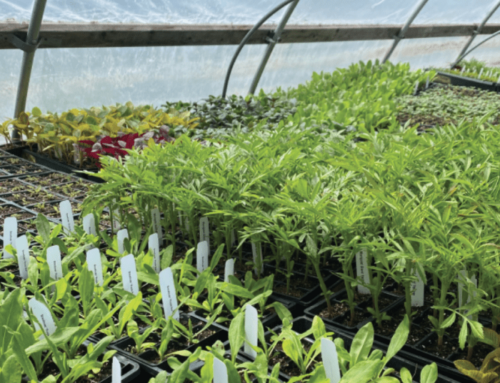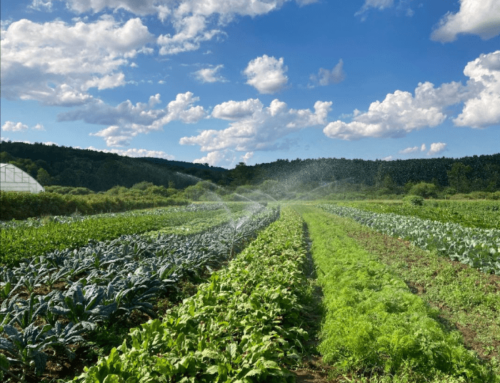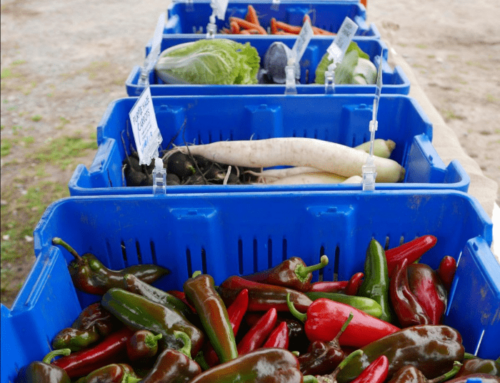New study confirms what we already knew
This article contains excerpts taken from the July 7th media release from HHRA, found here.
A scientific paper published in the peer-reviewed journal Agronomy reports significant impacts of organic farming systems on pesticide use and the risks stemming from pesticide residues on food.
“We have empirical evidence to support what organic farmers have known all along. It is possible to grow high quality crops with biological and cultural practices, instead of relying primarily on toxic pesticides,” says co-author Dr. Brian Baker. Doing so will lead to substantial public health gains, especially for pregnant women, infants, and children, and those people applying pesticides and exposed to them occupationally in or near farm fields.
“Organic Farming Lessens Reliance on Pesticides and Promotes Public Health by Lowering Dietary Risks” was co-authored by Heartland Health Research Alliance Executive Director Chuck Benbrook and research partners Susan Kegley and Brian Baker.
The research team evaluated three crops (tomatoes, carrots, and grapes). Using the California Pesticide Use Reporting (PUR) data and the list of pesticides approved for use in organic farming to define organic parcels, they compared pesticide use on these parcels with pesticide use on the conventionally grown crop in the same county.
The big takeaways from the study are:
- Organic farmers use very few herbicides. Herbicide use accounts for over one-half of all pesticide use in the US, which is a consequential difference.
- All of the pesticides approved for use on organic farms are exempt from a tolerance requirement except one – Spinosad. Why? Because of very low dietary risk. Forty-four don’t even have to be registered by EPA because they pose essentially no risk to non-target organisms, including people.
- Fruits and vegetables account for about 98% of total dietary risks across the food supply. In terms of dietary risk across five vegetables tested by USDA, conventional produce posed over 50-times the average dietary risk in the corresponding organic vegetables. In five fruits, the average differences were even greater, over 100-fold.
- Among their conclusions, the authors note: ‘The technology and systems are accessible or within reach over the next decade to support a successful shift to organic management of nearly all acreage growing fruits and vegetables in the US.’ Three things stand in the way of this highly desirable outcome — (1) the lack of market opportunities and marketing infrastructure, (2) lack of scale and task-appropriate tools and inputs, and (3) inadequate demand rooted in lack of information. The next wave of organic growth will come from people learning more about the nutritional quality and the pesticide risk posed by the foods they buy and consume.
Lead author Dr. Benbrook has published several papers over three decades comparing pesticide use and risks in organic versus conventional foods but states that “This paper contains the most rigorous, data-driven comparison of pesticide use and dietary risks on organic fields producing a give crop compared to nearby conventionally managed fields. Our findings are encouraging.”
A key conclusion of the team’s analysis is that by converting the 1.2% of US cropland growing fruits and vegetables to organic production, the nation’s farmers could dramatically reduce pesticide dietary exposures and risk.
The EPA has approved just 91 active ingredients for use as pesticides on organic farms (see Table S.1 in the paper’s supplemental tables for the full list). Many of these are common ingredients found in many households, such as isopropyl alcohol, soap, vinegar, and clove oil. Meanwhile there are over 1,200 pesticide active ingredients approved for use on conventional farms.
“The next wave of organic growth will come from people learning more about the nutritional quality and the pesticide risk posed by the foods they buy and consume.”








